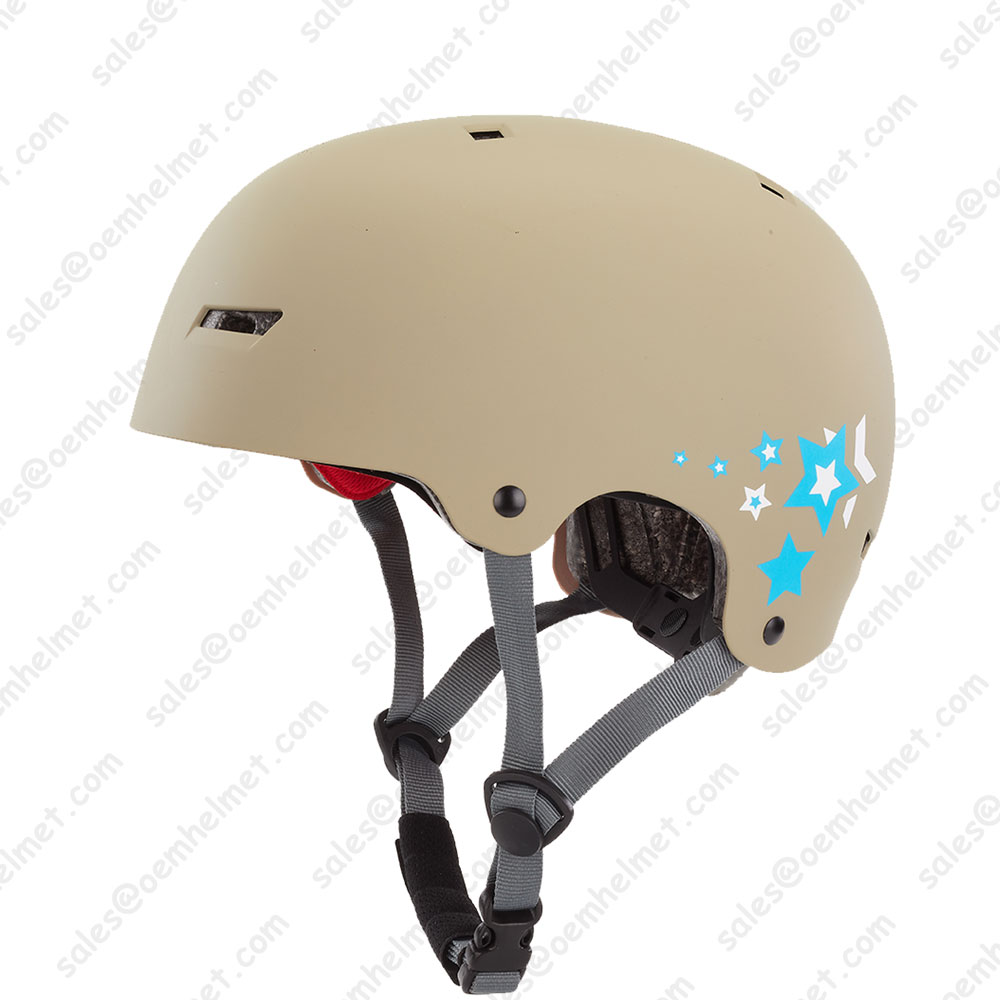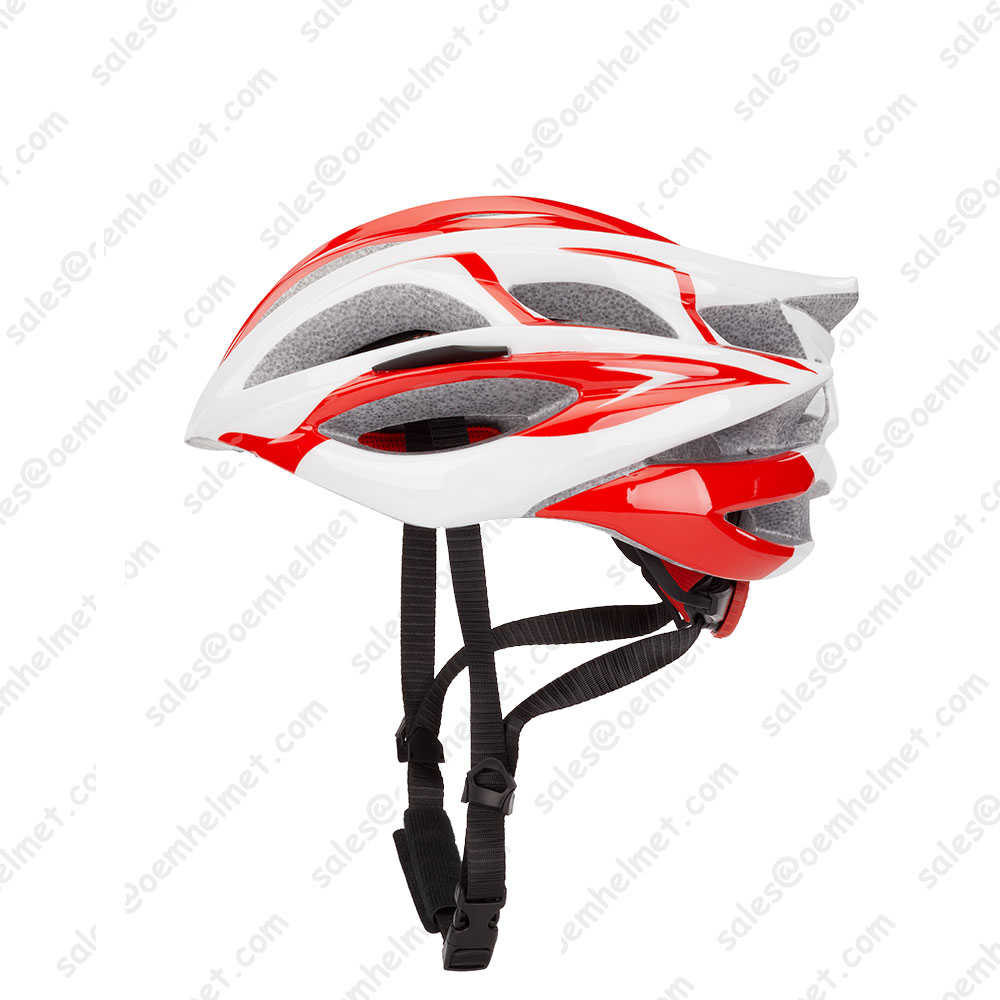AS/NZ1698
AS/NZS 1698:2006 This Joint Australian/New Zealand Standard was prepared by Joint Technical Committee CS-076, Protective Helmets for Vehicle Users. It was approved on behalf of the Council of Standards Australia on 24 January 2006 and on behalf of the Council of Standards New Zealand on 3 February 2006.
This Standard was published on 20 February 2006.
The following are represented on Committee CS-076:
Association of Accredited certification bodies
Australian Competition and Consumer Commission
AUSTROADS
CAMS (Confederation of Aust. Motor Sports)
Centre for Automotive safety research
Consumer's Federation of Australian
Federal Chamber of Automotive Industries
Helmet Supplier Interests
IEA National Panel-Biomechanics of Injury
Land Transport Safety Authority New Zealand
Motorcycle Council of NSW
Motorcycle Riders Association
Motorcycling Australia
Motor Traders Association of Australia
New Zealand Employers and Manufactures Association
New Zealand Helmet Testing Interests
Office of Fair Trading NSW Consumer Protection Agency
Roads and Traffic Authority of NSW
Royal Australian College of Surgeons
University of New South Wales
Keeping Standards up-to-date
Standards are living documents which reflect progress in science, technology and systems. To maintain their currency, all Standards are periodically reviewed, and new editions are published. Between editions, amendments may be issued. Standards may also be withdrawn. It is important that readers assure themselves they are using a current Standard, which should include any amendments which may have been published since the Standard was purchased. Detailed information about joint Australian/New Zealand Standards can be found by visiting the Standards.
This Standard was prepared by the Joint Standards Australia/Standards New Zealand Committee CS-076, Protective Helmets for Vehicle Users, to supersede AS 1698—1988/ NZS 5430:1992, Protective helmets for vehicle users, and NZS 1215:1969, Specification for protective helmets for motor cyclists.
This Standard incorporates Amendment No. 1 (September 2007) and Amendment No. 2 (May 2009). The changes required by the Amendment are indicated in the text by a marginal bar and amendment number against the clause, note, affected.
The Committee has made a number of significant changes in this edition.
The principal changes include the following:
(a) Removal of the requirement for a shell with a hard outer surface (Clause 5.1).
(b) Modification of the requirements for internal projections (Clause 5.3).
(c) Addition of a requirement for ventilation (Clause 5.7).
(d) Increase in the minimum number of helmets to be supplied for testing from four to six (Clause 6.1).
(e) Addition to the test requirements providing a test sequence (Clause 7.1).
(f) Addition of a dynamic test for helmet stability (Clause 7.3).
(g) Specification of minimum letter sizes for marking and instructions for use and care (Clauses 8 and 9).
(h) Revision of the marking requirements regarding a helmet which experiences a severe blow (Clause 8(f)(v)).
(i) Addition to the marking requirements that visors attached to the helmet meet the requirements of AS 1609 (Clause 8(f)
(j) Addition to the instructions for use and care requirements.
(k) That visors attached to the helmet meet the requirements of AS 1609.
(l) That the suitability of communications devices be specified (Clause 9(e)).
(m) Revision and amplification of the warning requirements with regard to painting and solvents (Clause 9).
(n) Lowering of the test line following from the revision of AS 2512.1.
The Committee is considering the addition of requirements for an oblique impact test for external projections and tests for chin guards.
The term ‘informative’ has been used in this Standard to define the application of the appendix to which it applies.
FOREWORD
The primary purpose of this Standard is to provide a specification for protective helmets for motor cyclists and users of other motor vehicles. The Standard also provides a basis for helmets used in motor sports where speed is a determining factor. Helmets designed specially for motor sports may include features, including extra strength, which are not mandatory in this Standard but which are desirable for certain activities. It is not expected that these features will conflict with the requirements of this Standard. Extra features are likely to increase the mass or bulk of the helmet, and the Committee considers that this Standard should not impose these disadvantages at this time.
STANDARDS AUSTRALIA/STANDARDS NEW ZEALAND
Australian/New Zealand Standard Protective helmets for vehicle users
1 SCOPE
This Standard specifies requirements for protective headgear for vehicle users, designed to mitigate the adverse effect of a blow to the head. The Standard is written with particular reference to motor cyclists, but is also applicable to users of other types of motor vehicles. Marking requirements and instructions for use and care are also included.
2 OBJECTIVE
The objective of this Standard is to provide motor cyclists and racing car drivers with helmets that provide protection against, and minimize the severity of, head injury from hazards associated with motor cycle riding or motor vehicle racing.
3 REFERENCED DOCUMENTS
The following documents are referred to in this Standard:
AS 1609 Eye protectors for motor cyclists and racing car drivers
AS/NZS 2512 Methods of testing protective helmets
2512.1 Method 1: Definitions and headforms
2512.2 Method 2: General requirements for the conditioning and preparation of test specimens and laboratory conditions
2512.3.1 Method 3.1: Determination of impact energy attenuation—Helmet drop test
2512.4 Method 4: Determination of penetration resistance
2512.5.1 Method 5.1: Determination of strength of retention system—Static strength
2512.6 Method 6: Measurement of horizontal peripheral vision clearance 2512.7.2
Method 7.2: Determination of stability of protective helmets—Dynamic stability
BS 6658 Protective helmets for vehicle users
4 DEFINITIONS
For the purpose of this Standard, the definitions given in AS/NZS 2512.1 shall apply.
5 CONSTRUCTION
5.1 General
The helmet shall be capable of—
(a) resisting penetration;
(b) absorbing impact energy; and
(c) being retained on the head. Components of the helmet and any devices attached to the helmet shall be such that they are unlikely to cause injury to the wearer in the event of an accident.







